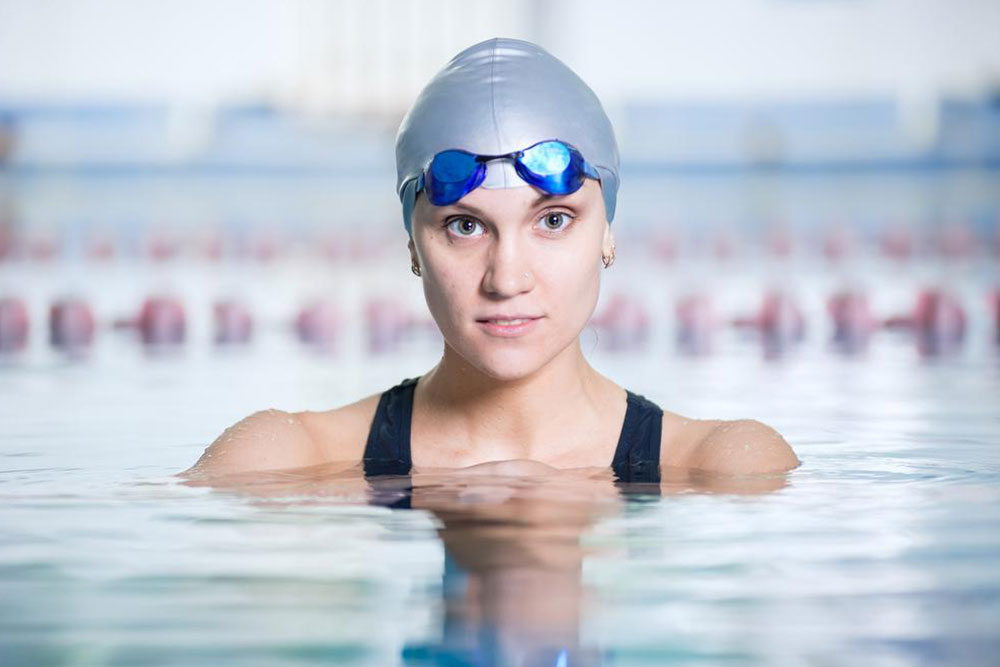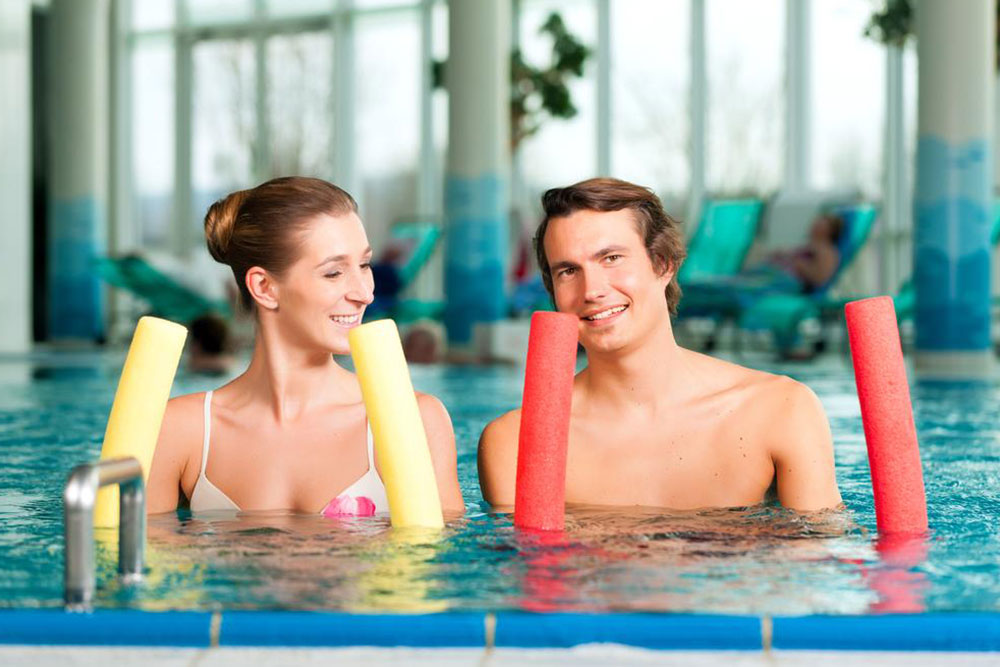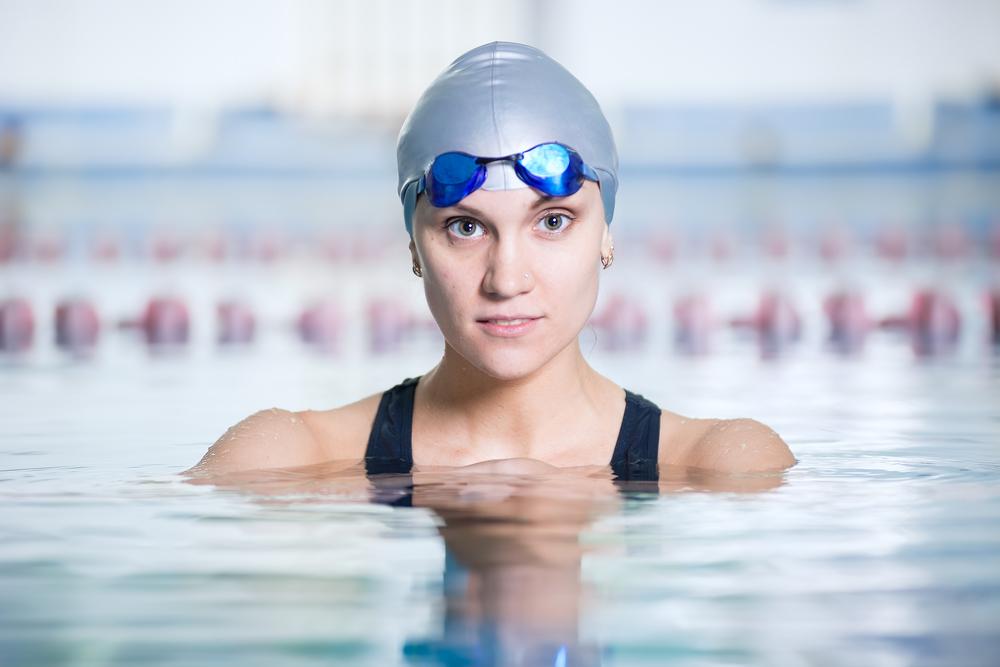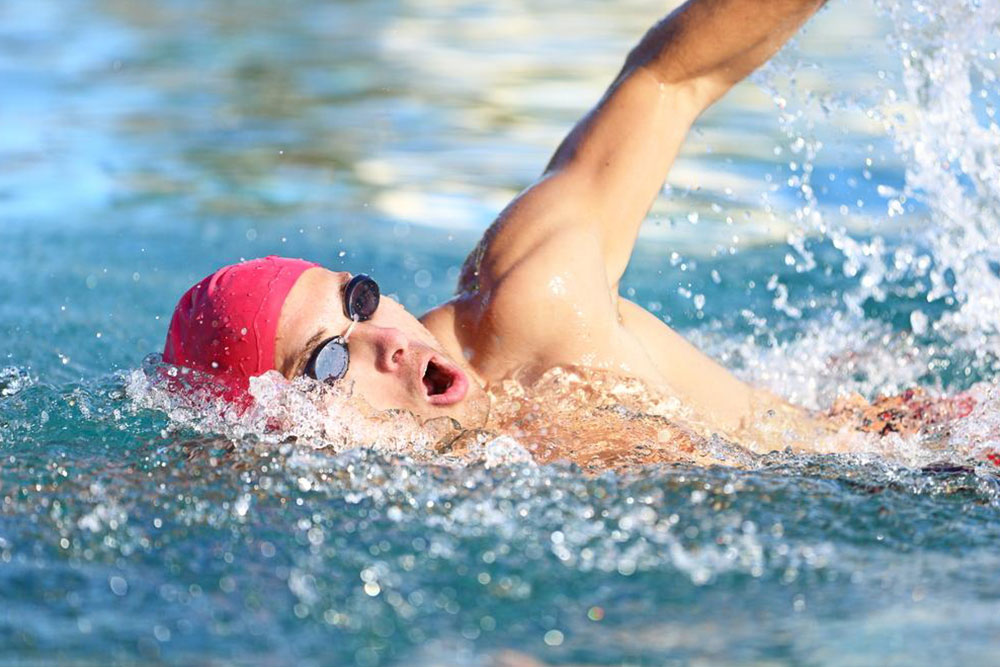Top 5 Breathing Strategies for Better Swimming Performance
Discover the top five breathing techniques to enhance your swimming efficiency. Learn how proper face immersion, body rotation, bilateral breathing, controlled exhalation, and calming strategies can improve endurance and comfort underwater. Perfect for beginners and seasoned swimmers alike, these tips promote relaxed breathing, better stroke alignment, and increased performance in the pool or open water.

Top 5 Breathing Strategies for Better Swimming Performance
Proper breathing is essential for efficient swimming, yet it can be challenging, especially for beginners. Correct breathing techniques help improve endurance and control in the water. If you're new to swimming and find breathing difficult, these tips will guide you through effective methods that promote smooth breath regulation and comfort underwater.
Keep your face submerged
For beginners, maintaining your head in the water is crucial. When your face is submerged, your body maintains proper alignment, making stroke execution easier. Practice holding your breath in shallow water and gently submerge your face to get comfortable underwater.
Maintain consistent body rotation
Rotating your body rhythmically while swimming facilitates easier breathing. Proper body roll reduces the need to turn your head excessively for inhaling. Inconsistent or limited rotation can cause breathing difficulties. A good body rotation promotes smoother strokes and better breath control.
Alternate breathing sides
Breathing only on one side can lead to uneven stroke and poor body balance. Incorporating bilateral breathing—alternating sides—develops symmetrical strokes, improving efficiency and allowing you to swim straighter through the water.
Prioritize exhalation underwater
Exhaling continuously while submerged makes breathing more effortless. Releasing air through your nose or mouth beneath the water prepares you for quicker inhalations. Using a nose clip can enhance comfort for some swimmers. Relaxed, long exhalations help maintain a steady flow of breath and reduce fatigue.
Stay calm if water enters your mouth
If you accidentally swallow water or feel overwhelmed, keep calm. Focus on pronouncing the letter "K" to prevent water from entering your throat. This simple technique helps you reset your breathing pattern and maintain composure in the water.
Mastering relaxed breathing under water allows for extended distances with less effort. A calm, steady breathing rhythm supports faster swimming and helps maintain concentration throughout your workout.









